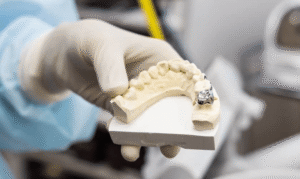Missing teeth can affect more than your smile — they impact your confidence, speech, and comfort when eating.
Thankfully, modern dentistry offers a life-changing solution: dental implants.
But with so many types of dental implants — from endosteal and subperiosteal to All-on-4 and hybrid prostheses — it can be overwhelming to know which is right for you.
This comprehensive guide will help you understand all the different types, their advantages, materials, and uses, so you can make an informed decision about restoring your smile.
Table of Contents
Toggle🦷 What Are Dental Implants and How Do They Work?
Dental implants are artificial tooth roots, typically made from titanium or zirconia, designed to replace missing teeth permanently.
They consist of three parts:
Implant Fixture (Root Form): Inserted into the jawbone
Abutment: Connector between implant and crown
Crown: Visible tooth-like restoration
The implant fuses with your bone through a process called osseointegration, providing unmatched stability and durability — often lasting 20+ years or even a lifetime.
🧠 Think of implants as the closest thing to natural teeth — strong, stable, and beautiful.
🏷️ Main Types of Dental Implants Explained
There are several different types of dental implants, each suited for specific cases depending on bone density, oral health, and restoration goals.
Let’s explore the main types recognized globally 👇
🦷 Endosteal Dental Implants (Root Form Implants)
The most common type, inserted directly into the jawbone.
Best for: Patients with healthy, dense bone
Material: Usually titanium or zirconia
Shape: Screw or cylinder
Advantages: High success rate, long-term durability
🦷 Subperiosteal Dental Implants
Placed on top of the jawbone, under the gum tissue.
Best for: Patients with minimal bone who want to avoid grafting
Design: Metal frame supports the prosthetic teeth
Advantages: Less invasive
Disadvantages: Less stable long-term than endosteal
🦷 Zygomatic Implants
Anchored into the cheekbone (zygoma) instead of the jaw.
Best for: Severe upper-jaw bone loss
Benefit: No bone grafting needed
Complexity: Advanced surgery performed by specialists
🦷 Ramus Frame Implants
Used for full lower jaw restorations.
Structure: Frame anchored in jaw corners (ramus)
Benefit: Stabilizes full dentures
Use Case: Rare but valuable in very thin lower jaws
🦷 Blade Form Implants
Flat and narrow; used where bone is thin.
Best for: Limited bone areas
Less common today due to advancements in modern implants
🦷 Hybrid Prosthesis
A fixed full-arch bridge supported by multiple implants.
Example: Used in All-on-4 or All-on-6
Benefit: Permanent solution with natural look
Maintenance: Easy to clean and maintain
📌 Summary:
🦷 Endosteal = Most common
🦷 Subperiosteal = For low bone volume
🦷 Zygomatic = For severe upper bone loss
🦷 Ramus Frame / Blade Form = Special cases
🦷 Hybrid = Full-arch fixed bridge
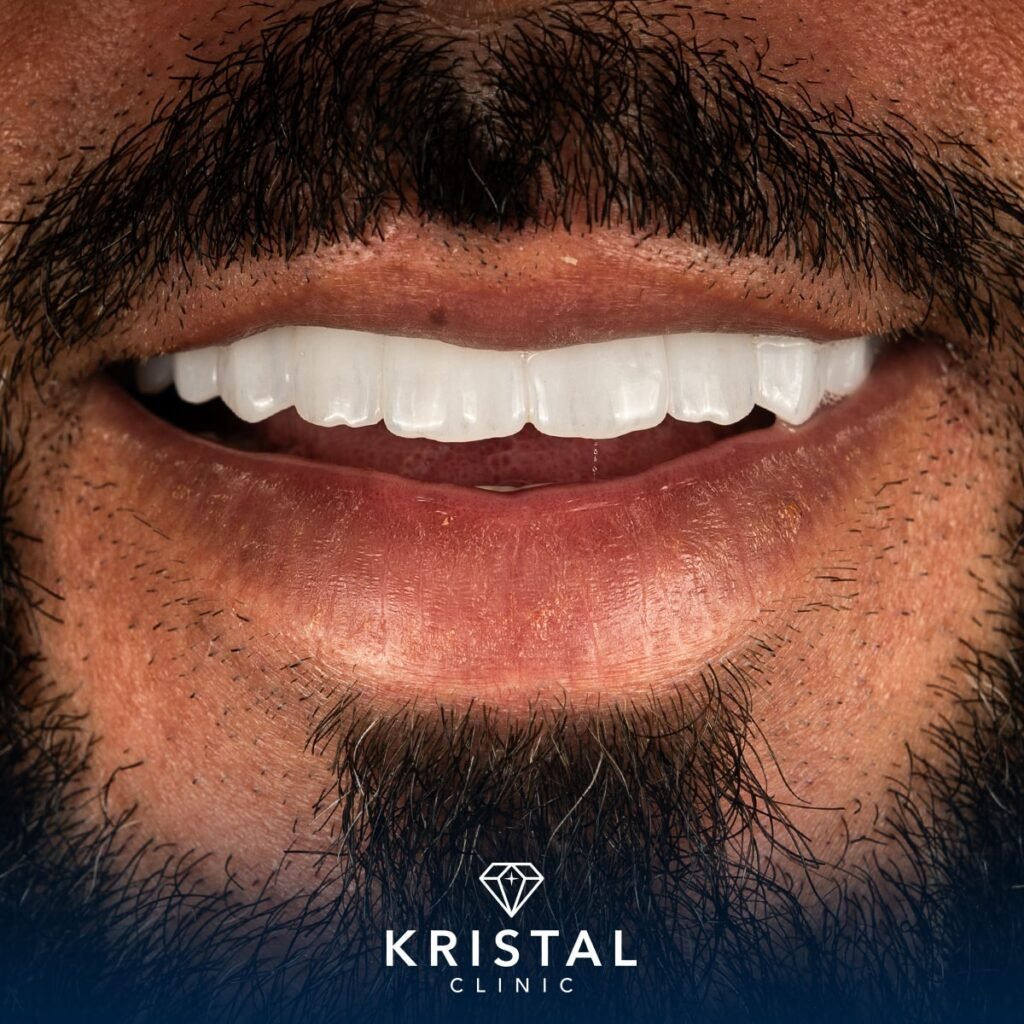
⚙️ disadvantages of mini dental implants. : Pros, Cons, and Ideal Candidates
✅ Advantages
Quick placement in a single visit
Lower cost compared to standard implants
Minimal surgery and faster healing
Useful for denture stabilization
❌ Disadvantages of Mini Dental Implants
Shorter lifespan compared to traditional implants
Not suitable for large molars or heavy bite pressure
May require replacement after several years
Limited bone integration (smaller diameter = less support)
Because of these disadvantages of mini dental implants, dentists often recommend standard endosteal implants for long-term durability whenever bone quality allows.
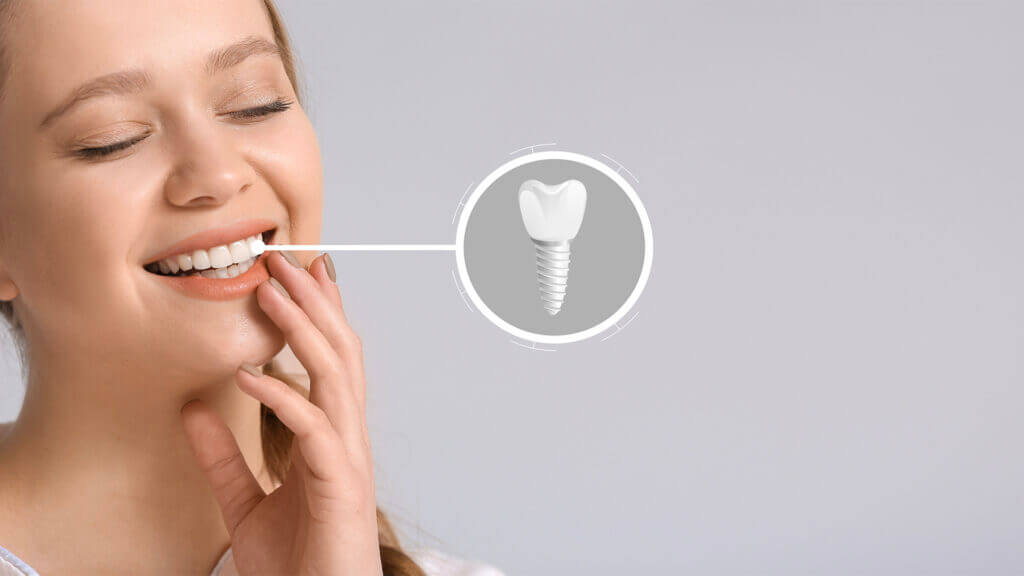
Dental Implants Cost by Type
| Type | Ideal For | Average Price (Turkey) |
|---|---|---|
| Single Implant | One missing tooth | $400–$800 |
| All-on-4 | Full arch restoration | $3,000–$5,500 |
| All-on-6 | Extra stability | $5,500–$6,500 |
| Mini Implants | Temporary or narrow bone | $250–$400 |
| Zirconia Implants | Metal-free | $700–$1,000 |
📖 Compare pros & cons:
🦷 Types of Full Mouth Dental Implants
For patients missing all teeth, several full-arch options exist:
Type Description Implant Count Stability All-on-4 4 implants supporting 1 full arch 4 High All-on-6 6 implants for added support 6 Very High All-on-8 8 implants for maximum retention 8 Excellent Hybrid Prosthesis Fixed full-arch bridge Multiple Natural & stable
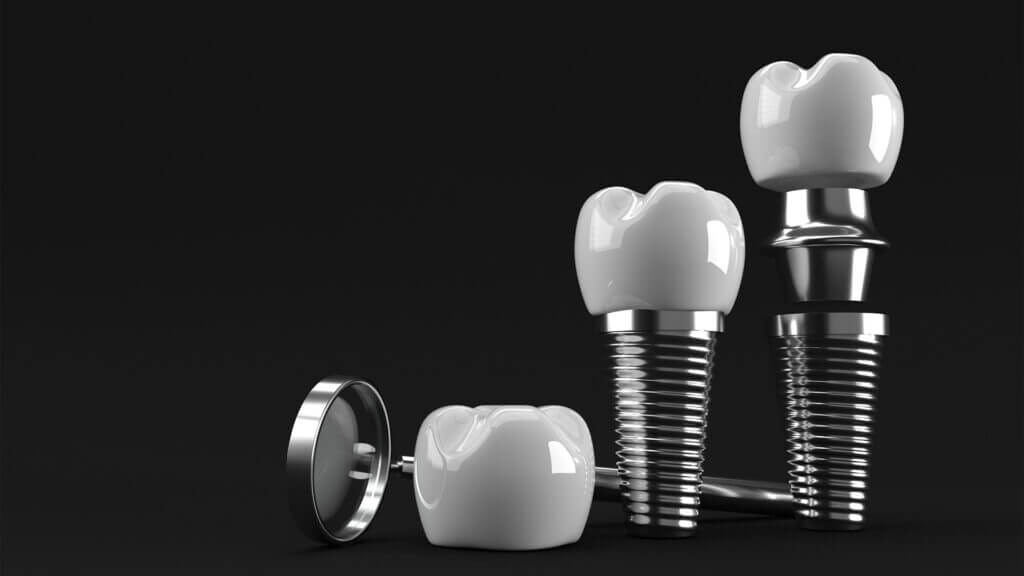
🧠 All-on-4 Dental Implants: Full-Mouth Restoration Explained
The All-on-4 system uses four implants per jaw to anchor a fixed full-arch bridge.
It’s ideal for patients with multiple missing teeth or denture discomfort.✳️ Benefits:
Immediate load (teeth in 1 day)
Cost-effective full-arch restoration
Prevents bone loss
🖼️ Before & After Gallery: Show transformations and patient testimonials.
📍 Internal Link → All-on-4 Treatment Page
⚖️ Dental Implants vs Bridges and Dentures
Feature Dental Implants Dental Bridges Dentures Longevity 20+ years 5–10 years 3–5 years Bone Preservation ✅ Yes ❌ No ❌ No Comfort Natural Fixed Removable Maintenance Easy Moderate Frequent Aesthetics Excellent Good Moderate 🧭 Verdict: Implants provide the most natural, durable, and functional solution.
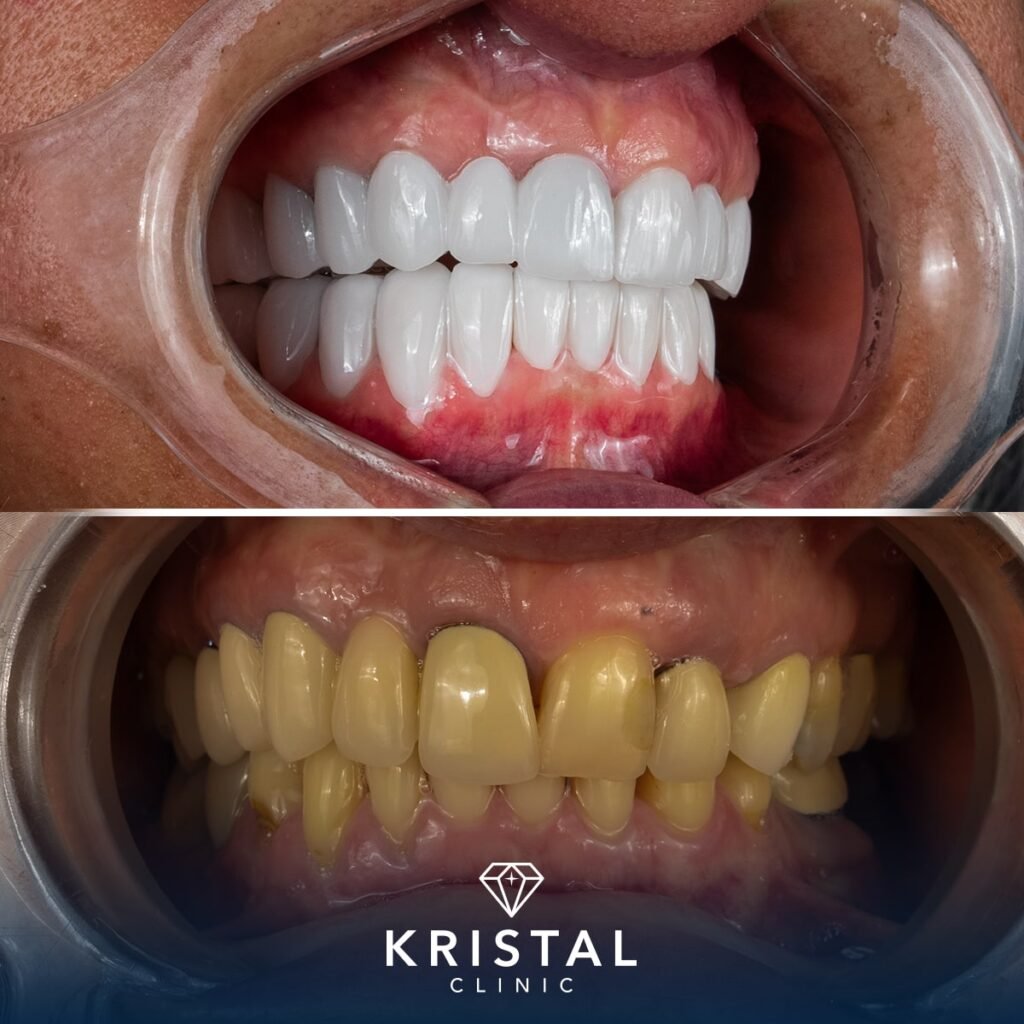
🏢 Top 10 Dental Implant Brands in the World
Knowing the brands helps you understand quality and technology.
Brand Country Strength Straumann Switzerland Premium quality Nobel Biocare Sweden Innovation leader Hiossen USA Widely available Megagen South Korea Excellent design MIS Implants Israel Affordable quality Zimmer Biomet USA Long track record Dentium South Korea Great value Dentsply Sirona USA Global presence BioHorizons USA Advanced materials Implant Direct USA Budget option 🧠 Tip: Kristal Clinic uses certified global brands for guaranteed results.
Consultation & 3D Scan – Diagnosis and planning
Implant Placement – Surgical insertion (1–2 hours)
Healing (Osseointegration) – 3 to 6 months
Abutment & Crown Placement – Final restoration
Total time varies depending on bone condition and procedure type.
⏰ Immediate implants can shorten timelines significantly.
📚 References
American Dental Association
- Mayo Clinic – Dental Implants
- Healthline – Implant Costs
- NIH – Dental Implant Longevity Studies

